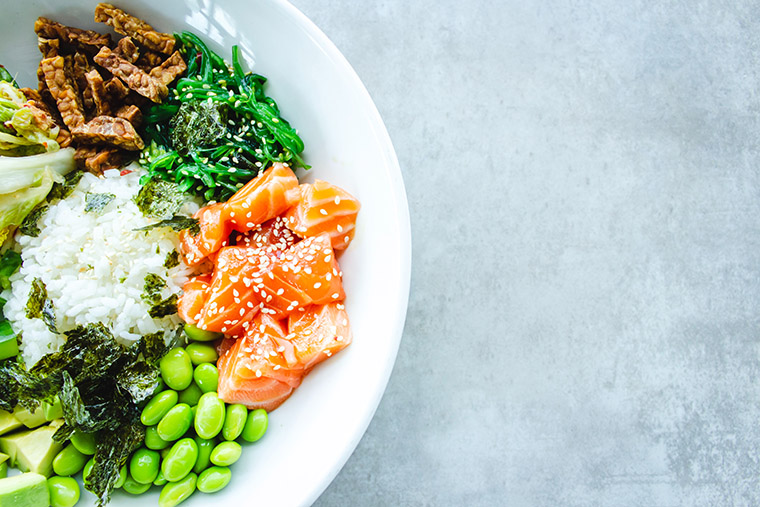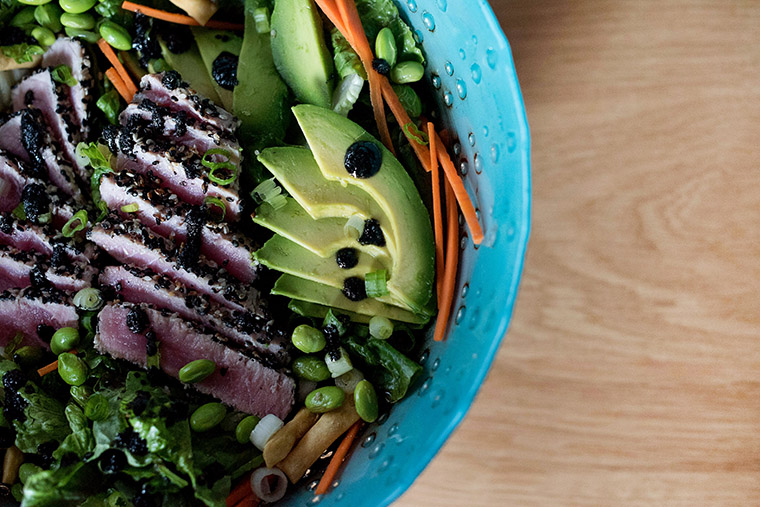
One of the most popular diets of the moment, the ketogenic diet is also one of the most researched and well-documented options for losing weight. Numerous studies have shown the benefits of the keto diet for health and fitness. In fact, this diet was used primarily for improving conditions related to the nervous system, such as epilepsy and Alzheimer’s.
Today, there are several types of ketogenic diets, each with their own advantages and minuses. The classic form can be considered quite restrictive, and therefore, modern interpretations are better adapted to recent research and contemporary lifestyles. The basic principles are the same, while there is more room left for variety and leniency.
If you are considering starting a keto diet with the purpose of losing or maintaining your weight, there are a couple of simple steps you can follow. Keto diet doesn’t have to be complicated, as long as you respect its basic principles and adapt it to your specific needs and circumstances. The following tips will help you get started with ease and see good results.
Make Sure You Have the Right Tools
Embarking on any kind of diet is always a journey and it’s much easier to navigate it when you have the proper tools. The keto diet, in particular, requires certain items that will make your transition smoother. Try to gather everything that you need before you start. This way it will be less stressful so that you can focus on achieving the desired results.
Since protein and fat play an important part in the keto diet, meat will most likely be on your daily menu. Therefore, make sure you are equipped with good quality knives and a separate cutting board. Especially if you are a fan of sushi, you need to find some really good ones for raw meat.
A powerful blender is another must-have. From bulletproof coffee to protein shakes, your daily menu on a keto diet will include all kinds of blends. Additionally, you could use the help of a non-stick frying pan and a grill, for cooking those delicious fatty foods that are approved in keto diets.

Replace Carbs with More Veggies
Keto diets are based on increasing the amount of fat while decreasing the carbohydrate intake. Typically, only 40 grams of net carbs per day are allowed. However, modern versions of keto focus on also increasing vegetable intake, in order to get fiber, vitamins, and minerals.
As long as you choose vegetables that are low in carbs, you can add them to your daily portions of meat. This is great for your health and also tastier than having plain meat and fat, every day.
The goal in keto diets is to reach ketosis, and this can only happen if the carb intake is less than 20 grams per day. However, beginners should go for 40 grams and slowly decrease the amount. During this process, it’s recommended to consume plenty of low carb veggies, such as zucchinis, cauliflower, asparagus, bell peppers, broccoli, and mushrooms.
Keep Your Stress Levels in Check
Sleep and mental balance are essential in keto diets. By increasing fats and drastically decreasing carbs, you are impacting your hormonal balance at a deep level. Cortisol, the stress hormone produced by the adrenal glands, influences blood sugar levels and, therefore, the process of ketosis.
Even if you don’t consume carbs, your blood sugar can still be too high because your body is stressed and tired. The adrenals play a huge role in ketosis and need to be protected through getting enough sleep, avoiding overstimulation and any excess activity.
A regular sleep schedule and practicing relaxation techniques are highly recommended.
Balance Healthy Fats with Hydration
Fats are slowly regaining their popularity, after being seen as the main culprit for weight gain. In keto diets, fats are the most important factor and should amount to approximately 60% of the daily calories. Healthy fats are essential for your brain and nervous system. Plus, they prevent you from feeling hungry during this diet.
Consuming large quantities of eggs, nuts, dairy, and oil also requires drinking more water, as otherwise, you can experience dizziness. Drink at least 2 liters of water per day and make sure you also get enough electrolytes.








